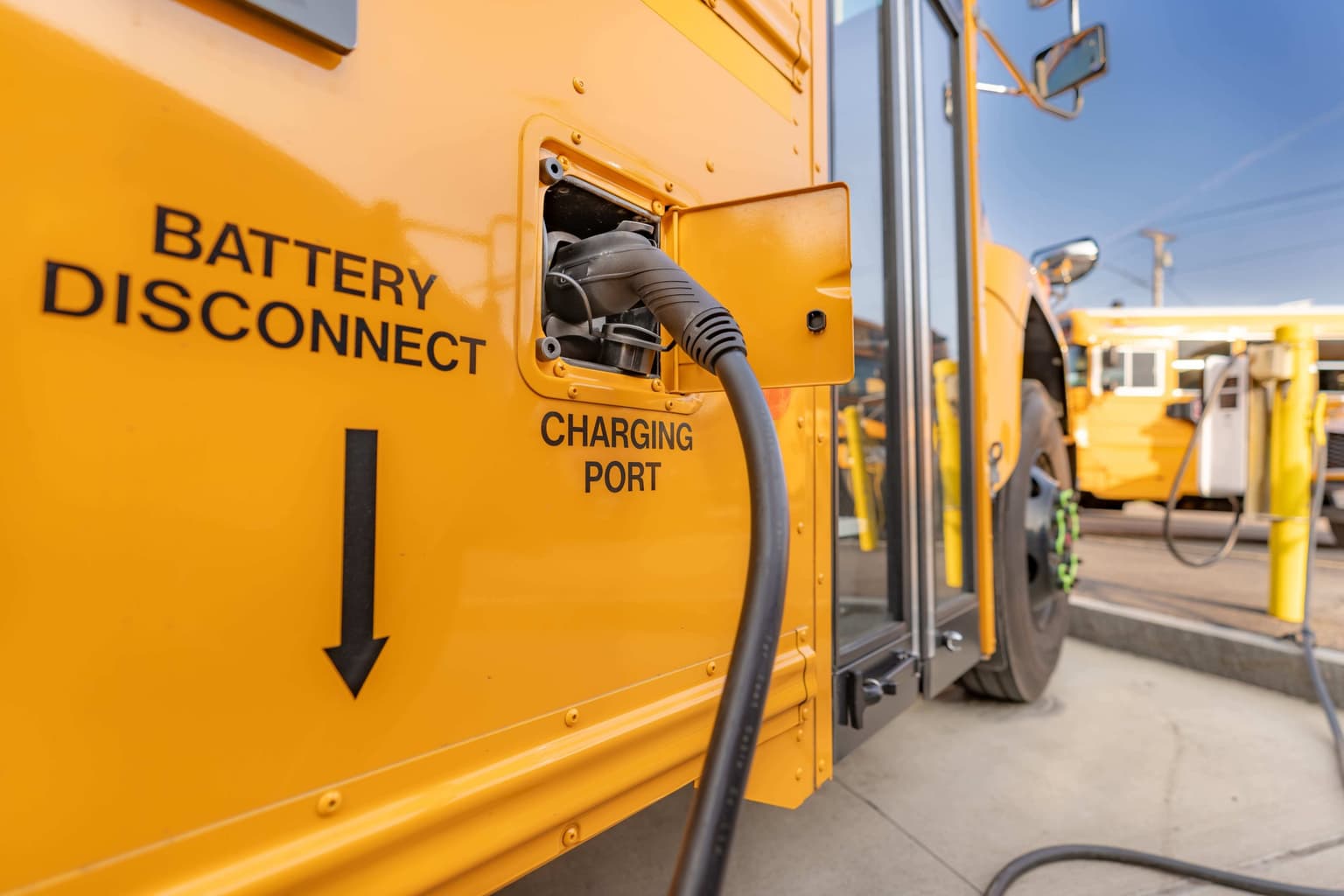
5 Industries That Benefit Most from Employee Shuttle Programs
Getting Workers to Work Isn’t as Simple as It Sounds
In almost every industry, labor shortages aren’t just about hiring; they’re about getting people to the job in the first place.
Factories, hospitals, resorts, and warehouses often operate outside dense city centers, and public transit rarely runs when or where the workforce needs it most. A recent study found that nearly one in four U.S. workers cite transportation challenges as a key factor in missed shifts or job changes. It’s a clear message that when getting to work is unreliable, everything else becomes unreliable too.
That’s why more companies are turning to dedicated employee shuttle programs. Once seen as a perk, workforce transportation is now a strategic investment that improves reliability, expands hiring reach, and boosts morale.Here are five industries seeing the strongest return on investment from adopting employee pickup services and worker transport solutions.
1. Manufacturing: Connecting Labor to Location
Manufacturing facilities are often located in industrial zones or rural corridors, miles from public transit lines. When fuel costs rise or bus routes shrink, factories feel it first.

The solution: Shuttle programs running from nearby residential centers or public transit stops connect workers to plants efficiently. Some companies even share routes with neighboring facilities to offset costs.
The ROI: Reduced absenteeism, stronger retention, and a deeper labor pool without relocating the facility.
Tip: Explore non-CDL workforce shuttle buses that can be operated without special licensing for shorter routes and smaller teams.
2. Healthcare: 24/7 Operations Need 24/7 Transportation
Hospitals and clinics never close, but city buses and trains often do. Third-shift nurses, aides, and lab techs frequently struggle to find reliable rides after midnight or before dawn.

The solution: Workforce shuttles aligned with shift changes ensure medical teams arrive safely and on time, no matter the hour. These routes can be scaled for large hospital networks or shared among regional facilities.
The ROI: Improved attendance, safer commutes, and higher morale are the result. And all of these are crucial in a field where every minute counts.
3. Hospitality: Keeping Guest Service on Schedule
Hotels, resorts, and event centers rely heavily on seasonal or part-time employees who often live far from the property. When those employees depend on carpooling or public buses, missed shifts quickly affect operations and guest satisfaction.

The solution: Employee pickup services running regular loops from nearby towns or high-density housing areas. Some properties pair this with incentives like free rides for full-time staff or shared shuttles with neighboring resorts.
The ROI: Better coverage during critical shifts, smoother guest experiences, and stronger staff retention year-round.
4. Technology: Turning the Commute Into an Amenity
Tech companies have long recognized that commuting can be either a headache or a recruitment advantage. In congested metro areas like Austin, San Francisco, or Raleigh-Durham, parking shortages and traffic are a daily struggle.

The solution: Modern employee shuttle buses equipped with Wi-Fi, comfortable seating, and quiet zones transform dead time into productive time. For smaller tech firms, partnering with local coworking campuses or transit hubs helps offset costs while improving sustainability credentials.
The ROI: Higher employee satisfaction, reduced turnover, and an added edge in competitive talent markets.
5. Logistics & Warehousing: Keeping the Supply Chain Moving
Distribution centers, warehouses, and fulfillment hubs rely on hundreds of employees working staggered shifts. And these are often in industrial parks where public transportation doesn’t reach.

The solution: Workforce transportation systems that sync shuttle schedules to shift changes. Some fleets run multiple smaller non-CDL shuttles throughout the day, reducing overhead while maintaining flexibility.
The ROI: Consistent labor flow, fewer disruptions, and reduced overtime from covering missed shifts.
For an overview of vehicle types that fit workforce fleets, check out 9 Types of School Buses: A Pocket Guide.
The Bigger Picture: Why Workforce Transportation Matters
In every one of these industries, the pattern is the same: reliable transportation equals reliable labor.
Employee shuttle programs remove one of the biggest barriers to productivity: the daily commute. They expand hiring pools, strengthen retention, and eliminate the last-mile gap that keeps qualified people from reaching the job.
For companies, the math is straightforward. Every missed shift costs time and money. Investing in a dependable worker transport solution keeps the line moving, the team together, and the business on schedule.
And for employers who want to start smart, the used bus market offers fast, affordable access to ready-to-roll shuttle solutions without the lead times of new production.
Learn more about affordable, fleet-ready employee shuttle buses for sale and how they can help keep your workforce on the move.
Share on:


